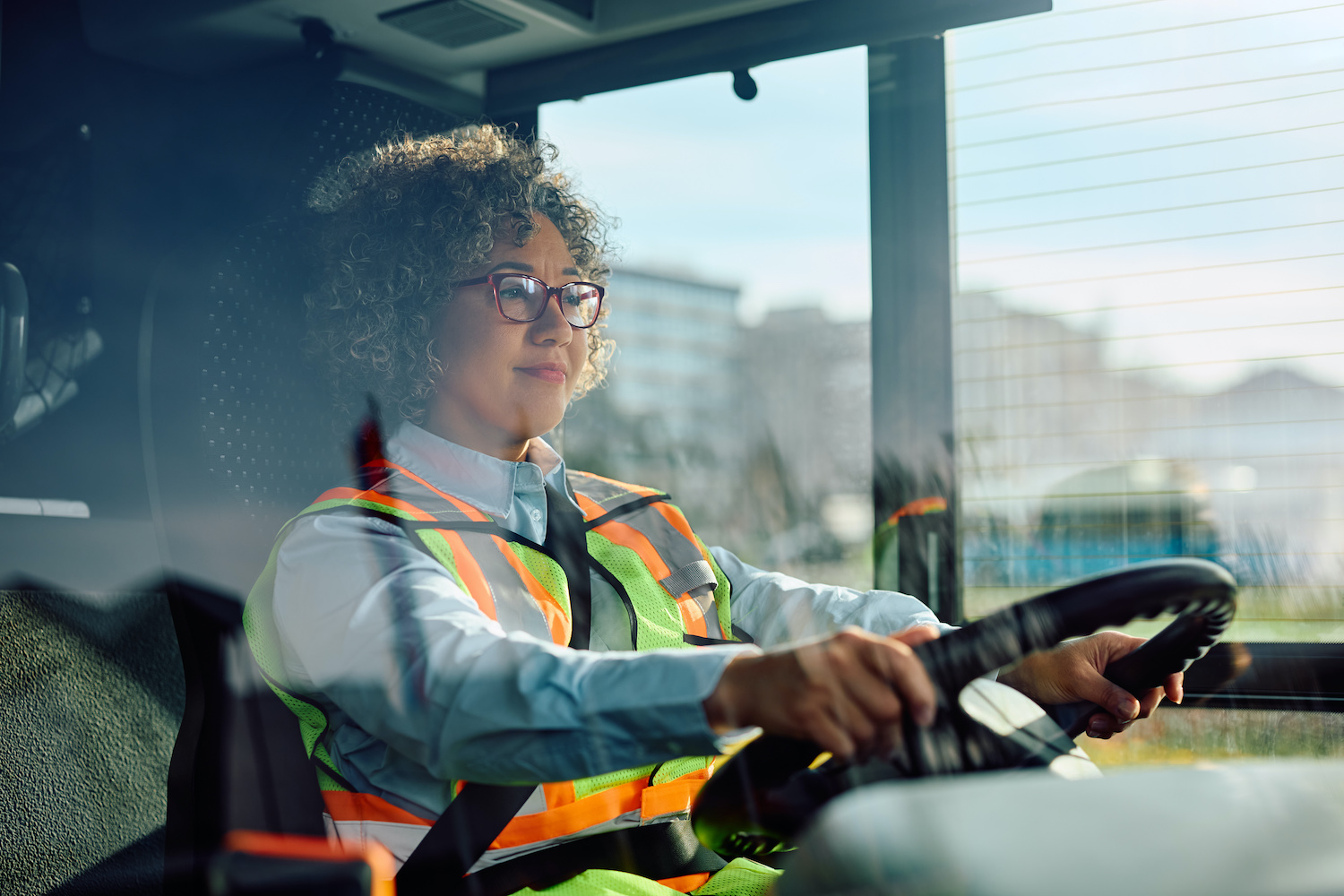A road-facing camera is excellent for capturing the play-by-play of a roadway incident. However, it only tells half the story. What was the driver doing at the time? This critical information can significantly alter the outcome of an insurance claim. A cabin-facing view provides the opportunity to absolve a driver of fault, confirming that they were actively engaged and not distracted when the incident occurred. This safety mechanism for drivers and your business is only functional if the camera has a clear view. Often, when getting into the vehicle, drivers habitually toss a hat, log book, or other items onto the dash and get going quickly. Though ill-advised for safety reasons, it still happens, and the impact can be vast and tremendous. Some of those dangers include:
Legal and Financial Consequences:
Accidents stemming from careless driving can lead to heavy lawsuits, legal ramifications, and tarnished reputations. In this case, having a cabin-facing camera proves invaluable for exoneration. Having the opportunity to look back upon previous footage (including ones involving accidents) can prove driver attentiveness at any moment. Cabin-facing cameras capture complete details, including the driver’s hand placement and where they are looking, clearing your driver of any wrongdoing.
Safety Hazards:
While it’s always the hope that drivers are fully attentive behind the wheel, blind trust only goes so far. Not having a camera view inside the cabin overlooks a major safety issue: distracted driving, which causes over 21% of fatal crashes. Verifying that drivers are abiding by your safe driving practices and interjecting with driver coaching techniques when needed ensures that you can avoid the potential safety hazards that distracted driving introduces, such as:
- Manual distractions are behaviors that take the driver’s body and attention away from the road. These can include using a cell phone, changing the radio station, or eating.
- Visual distractions: These take the driver’s eyes off the road. They include looking at billboards, your speedometer, or even cars around your vehicle.
- Cognitive distractions: These distract the driver’s mind. They can include singing, talking, or daydreaming.
Being aware of these distractions and implementing driver training to discourage them can prevent accidents before they happen and ultimately protect your drivers and assets.
Lack of Accountability:
Drivers can often tempted to lose focus during long hours on the road. In such cases, a cabin-facing camera that drivers know is monitored can encourage their accountability and ensure they stay focused. This tool also gives managers insight into potential high-risk situations, allowing them to take preventative steps before issues escalate.
Productivity Pitfalls: When Drivers Engage in Non-Driving Activities
A cabin-facing camera is crucial not only for safety but also for productivity. When drivers engage in non-driving activities, such as giving passengers a ride or running personal errands, it impacts overall efficiency and can lead to significant delays. These activities are often unplanned and can disrupt the delivery schedule, affect fuel consumption, and increase wear and tear on the vehicle.
By monitoring the cabin, managers can ensure that drivers remain focused on their primary tasks and discourage activities that detract from productivity. Clear policies and regular check-ins, combined with the cabin-facing camera, help in maintaining high standards of professional conduct.
Introducing Camera-Obscured Detections
So, even if your solution has a cabin-facing camera, it does little to protect from safety hazards if the view becomes obstructed. Thankfully, the Raven Video Telematics Platform offers a solution.
Raven is constantly committed to keeping drivers and their businesses safe. Thus, ensuring our camera is used to its full potential is vital to us and our customers. We are pleased to announce that our devices can now detect when the cabin-facing camera is obstructed.
Raven’s AI-enabled Camera Obscured feature permits users to be alerted when an object has blocked the camera view. Raven monitors the cabin, looking continuously for anything that has covered the camera while the vehicle is being driven. When detected, a small toast widget will appear on the right side of Raven’s screen, and an audible chime will remind the driver to keep the camera clear.
Simultaneously, alerts are delivered to the Raven Apps, notifying management that the camera view has been obstructed, allowing you to take action if it becomes problematic behavior with one of your drivers.
Interested in learning more about Raven’s AI detections or complete feature suite? Reach out to our sales team for a full solution demo.




Comments are closed